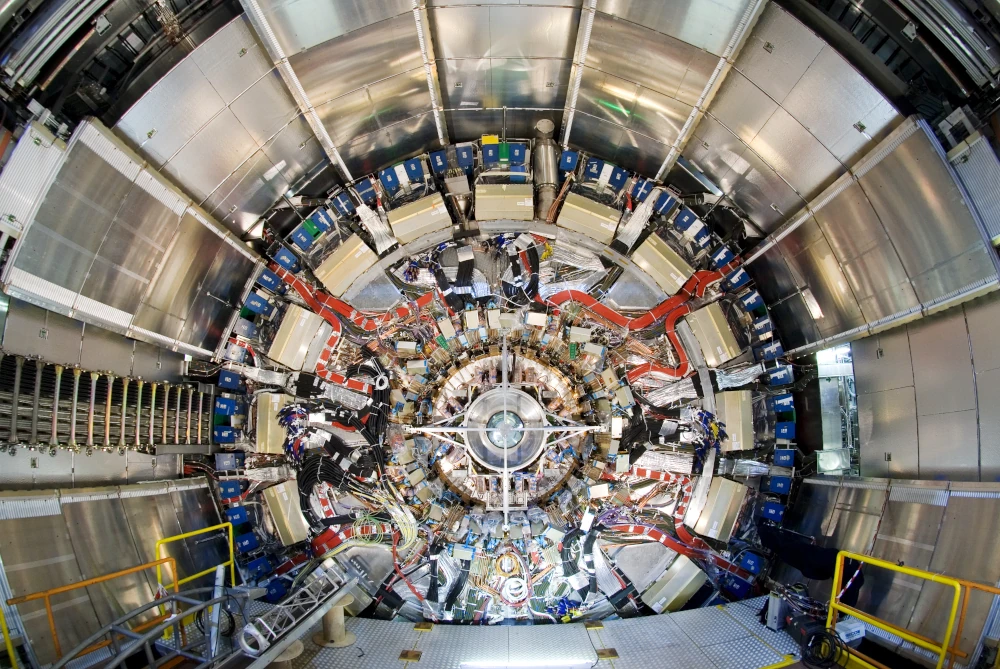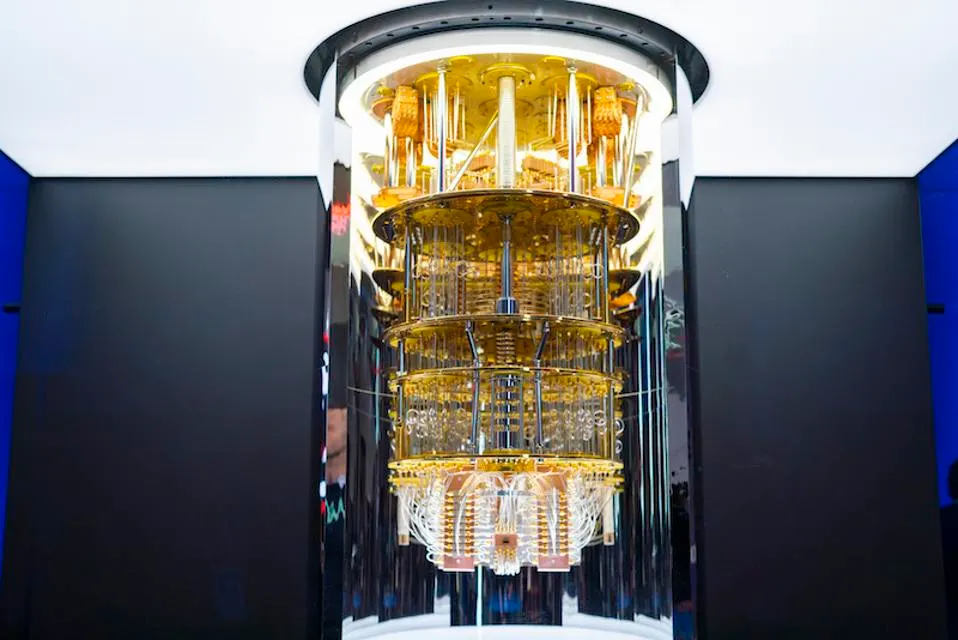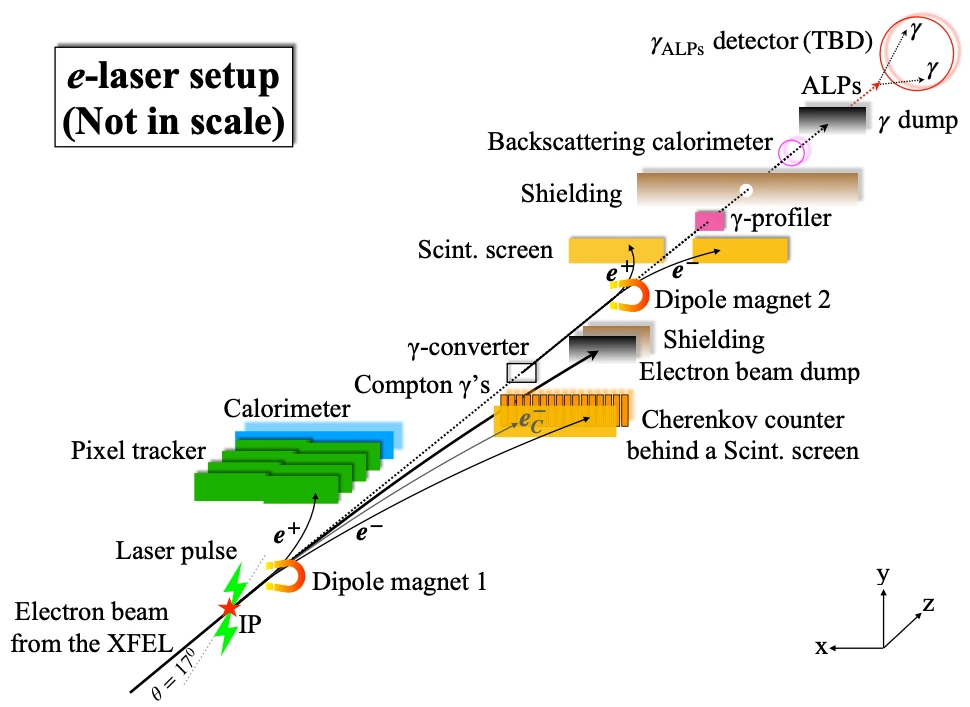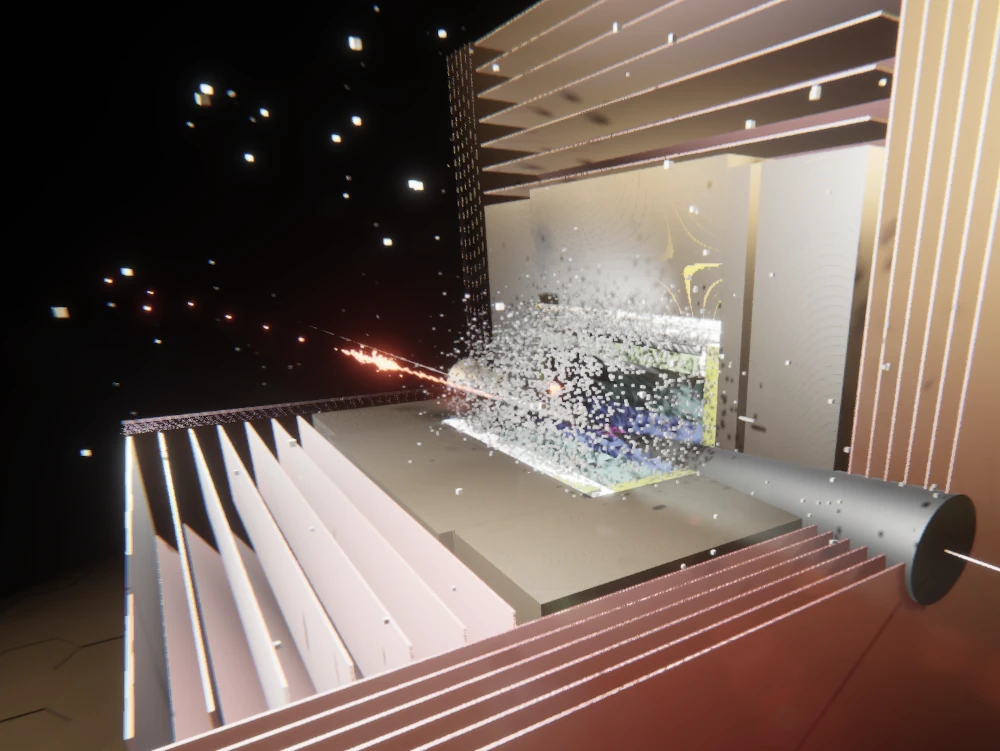Research

ATLAS
ATLAS is a general-purpose particle physics experiment at the Large Hadron Collider (LHC) at CERN. ATLAS is the largest detector ever constructed for a particle collider: 46 metres long and 25 metres in diameter.
We would like to find the answers to fundamental questions such as: What is dark matter made of?
My team pursues precision measurements in the top quark sector and searches for new particles with a long lifetime (Long-Lived Particles)
(Image: © CERN)

Quantum Computing
Quantum technologies hold the promise of a rapid paradigm change in many aspects of science, economy and society.
Among these, quantum computing provides a promising route towards data analysis in future particle physics experiments.
We use Hamiltonian formulations to efficiently encode problems on quantum devices. We exploit simulated data from the HL-LHC at CERN, the LUXE experiment and future colliders to develop quantum algorithms to tackle classical optimisation problems, such as particle track reconstruction.
(Image: © IBM)

LUXE
LUXE (Laser Und XFEL Experiment) is a new experiment proposed at DESY and the European XFEL to study Quantum Electrodynamics (QED) in the strong-field regime, where QED becomes non-perturbative.
LUXE will probe this regime using a high energy electron beam and a high-power laser and study the resulting interactions.
Pairs of matter and antimatter will be produced and their rate is expected increase with laser intensity.
Measuring the dependence of the rate on laser intensity is a primary goal of LUXE.
As a byproduct of the primary interactions, a beam of high energy photons is produced and will be used to search for new particles (e.g. ALPs or light scalars) with a dedicated subsystem called LUXE-NPOD ("New Physics at an Optical Dump").
(Image: © DESY)

Muon Colliders
Muons are one of the most basic building blocks of the Universe, but they have never been used in a particle collider.
A muon collider could be a possible post-High Luminosity LHC machine, to explore high-energy physics frontiers with a relatively small environmental footprint.
Major technical challenges come from the muon's short lifetime (2.2 μs at rest).
Dealing with this limited lifetime requires developing innovative concepts and demanding technologies.
As a member of the International Muon Collider Collaboration, I am contributing to a detailed feasibility study to confirm the realistic performance and feasibility of such a machine, focusing on the design of a detector to operate at 10 TeV centre-of-mass energy.
(Image: © L. Lee and C. Bell)